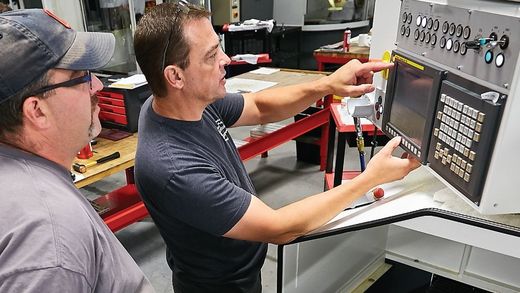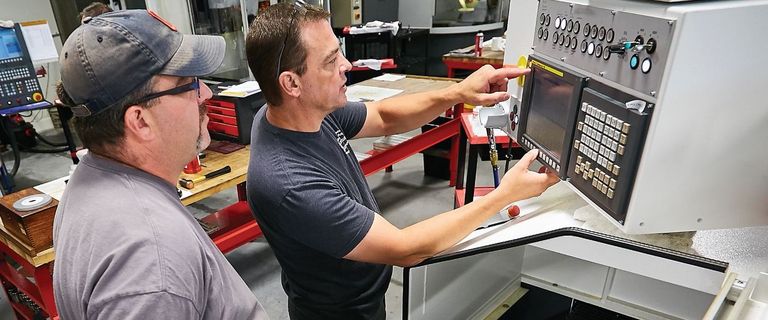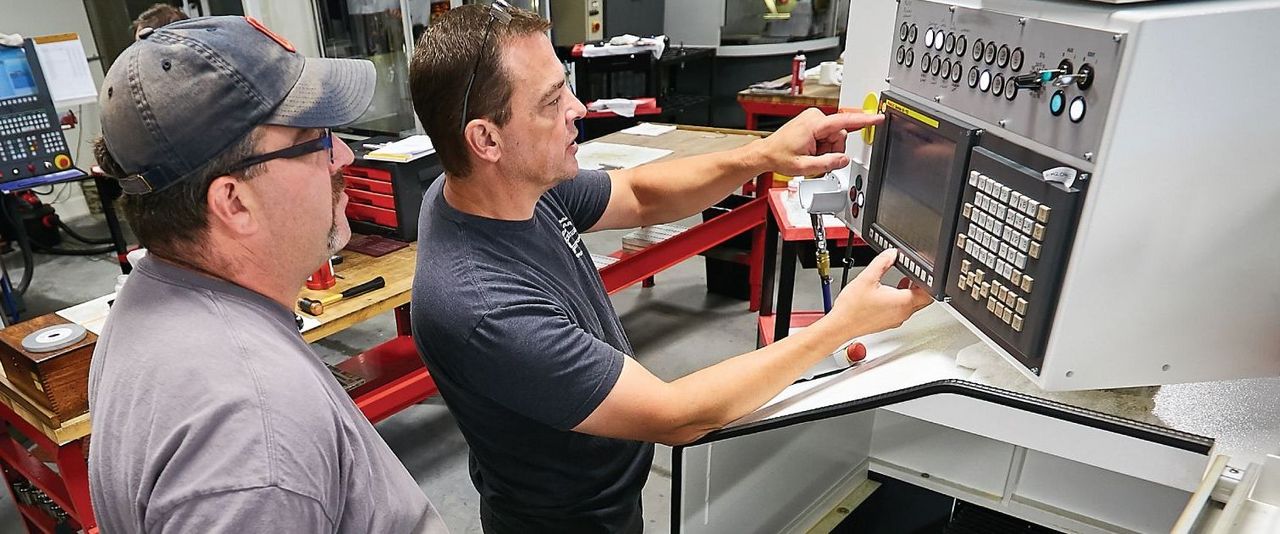Rebuild, Repurpose or Replace?
The productive life cycle of any machine tool is limited. Be it a lathe, mill or grinder, a machine’s accuracy and reliability eventually will deteriorate. How long that takes depends on the machine’s basic structure, how hard it is used, how often it runs and how it is maintained. However, shops that carefully track machine utilization find that downtime amounting to 20 percent or more of available machine time generally represents an unacceptable burden on scheduling, maintenance operations and profitability.
At this point, shop managers interested in returning to full grinding production capacity may ask themselves: “Should I rebuild my CNC machine?” Given that the other options involve repurposing existing grinders for work different than their original intent or replacing them with brand new grinders, it can be a difficult question to answer.
Rebuild/Overhaul
A typical CNC machine rebuild involves disassembling it entirely and examining every mechanical, electrical, pneumatic and hydraulic system. At the UNITED GRINDING Rebuild Department, components are replaced or rebuilt where necessary and re-qualified to OEM standards. Every bolt, nut, rivet, hose and pipe get the same treatment. Newer technologies such as monitoring devices may be added. Other updates can include items such as LED lighting and controls. Except for its basic structure, which is abrasive blasted and repainted, the reassembled machine is essentially brand new.
A full machine tool repair and rebuild process costs about 75 percent of a new machine. The typical rebuild cycle might be 15 years; longer if the machine is lightly used and well-maintained. But that span is much shorter if the machine runs three shifts a day, every day, with minimal maintenance. Large, specialized grinding machines such as those used in critical aerospace applications are prime candidates for renewal via a comprehensive overhaul.
Repurpose
In general, approximately 60 percent of overhauled machines return to their facilities to handle basically the same operations and workload they did before. The remaining machines undergo additional changes intended to repurpose them for upgraded or different tasks. The percentage of machines being repurposed will continue to grow as the industry continues to move away from long-term contracts for large volumes of identical parts to the modern high-mix/low-volume (HMLV) approach to production.
Repurposing a grinding machine typically involves adding features that will enable it to carry out more complex and productive grinding or to work with ancillary systems such as automation. A machine originally built in an open configuration may require the design, fabrication and addition of an enclosure to permit the use of high-pressure coolant and advanced grinding wheels. Another machine might be repurposed to employ robotic automation by fitting automatic doors with opening/closing drives and laser-based safety systems.
Replace
An obvious alternative to a worn and unreliable grinder is replacing it with a new machine. In many cases, however, the choice between rebuilding and replacing is not so obvious. Despite the lower sticker price of rebuilding, for example, some companies’ capital spending strategies and allocations make the purchase of new machine far more profitable. Depreciation, incentives and other tax-related issues can vary in relation to the age of a machine – and as technology advances, some applications will depend on the equipment in the latest machines.
All that said, advanced grinding machines from UNITED GRINDING are engineered and manufactured to provide many years of trouble-free, accurate and profitable service. Ongoing maintenance, per manufacturer’s recommendations, will further extend service life. And when a machine moves toward the end of its initial life cycle, we’ll be here to help customers navigate the range of options they have regarding their best path to continued productivity.









